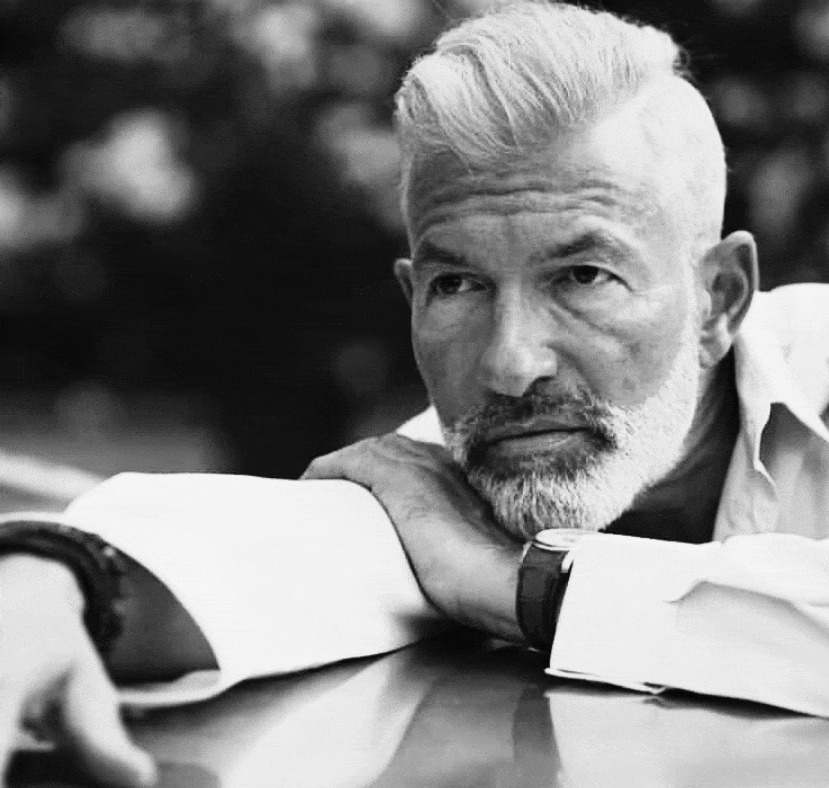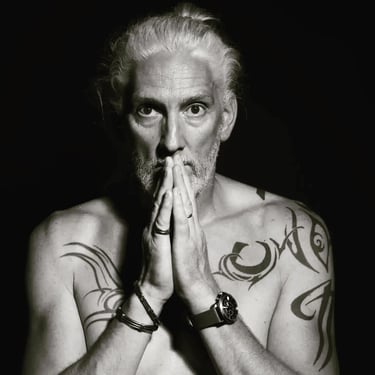The Rise of Grey: A Global Trend in Marketing and Branding
PEOPLE & MODELS


The New Generation of Grey: Concept and Execution
The integration of grey models into major brand commercials marks a significant shift in the marketing and branding landscape. This trend reflects a broader societal evolution towards inclusivity and diversity, embracing the beauty and experience that come with age. Grey models are no longer confined to niche markets; they are now a central feature in mainstream advertising, appearing in various formats such as TV commercials, print ads, fashion shows, and magazine features.
The concept of utilizing grey models stems from the recognition of their unique ability to resonate with a diverse audience. Brands are increasingly acknowledging that consumers seek authenticity and relatability, and grey models offer an ideal conduit for these values. They bring a sense of wisdom, sophistication, and timeless elegance that appeals to a broad demographic, including younger audiences who admire the confidence and grace of older generations.
Execution of this concept involves creative strategies and innovative approaches by advertising agencies. These agencies are crafting campaigns that not only showcase the aesthetic appeal of grey models but also tell compelling stories that highlight their life experiences and achievements. By doing so, they are able to forge a deeper emotional connection with consumers, enhancing brand loyalty and engagement.
Successful campaigns featuring grey models often employ a multi-channel approach. For instance, a fashion brand might launch a TV commercial featuring a grey model, complemented by a series of print ads in high-end magazines and a robust social media campaign. Fashion shows also play a critical role, with grey models walking the runway and demonstrating that style and elegance are ageless. Magazine features provide an in-depth look at the lives and careers of these models, further humanizing them and making them relatable to the audience.
One notable example is the campaign by a luxury fashion house that prominently featured grey models in both their print and digital advertisements. The campaign not only garnered widespread attention but also significantly boosted the brand's image as a pioneer of inclusivity. Another exemplary case is a beauty brand that celebrated grey models in a series of TV commercials, emphasizing the message that beauty transcends age.
These innovative approaches underscore the fresh and modern perspective that grey models bring to brand storytelling. They are not just representing a demographic; they are embodying a movement towards a more inclusive and authentic portrayal of beauty and style in marketing and branding.
Adapting to a Changing Market: Targeting Diverse Demographics
The international consumer market is undergoing rapid transformations, necessitating a strategic shift in marketing and branding approaches. Businesses must now cater to an increasingly diverse audience that spans various age groups, from the media-savvy youth to the influential 50+ demographic. This demographic diversity requires brands to craft inclusive campaigns that resonate broadly, leveraging the appeal of grey models to bridge generational divides.
Grey models, who are often in their 50s and beyond, are making significant inroads as sportspeople, musicians, authors, speakers, actors, and brand ambassadors. Their presence in marketing campaigns is not just a nod to an aging population but a strategic move to capture the attention of both younger and older consumers. These models bring authenticity and relatability, appealing to older consumers while offering aspirational figures for younger generations. This dual appeal enhances brand credibility and extends its reach across different age cohorts.
For brands to effectively target diverse demographics, adopting a multi-faceted approach is crucial. This includes creating narratives that are inclusive and representative of various age groups. Marketing campaigns should highlight the versatility and vibrancy of grey models, showcasing them in active, dynamic roles that challenge traditional stereotypes. By doing so, brands can foster a sense of inclusivity and broaden their market appeal.
Furthermore, leveraging the digital savviness of younger audiences while addressing the preferences of older consumers requires a balanced strategy. For instance, brands could use social media platforms to highlight stories and achievements of grey models, thus engaging younger audiences who frequent these platforms. Simultaneously, more traditional media channels can be utilized to reach older consumers, ensuring that the brand message is consistent and far-reaching.
In essence, the rise of grey models in marketing is a testament to the evolving consumer landscape. By embracing this trend, brands can create more inclusive and diverse campaigns that resonate with a wider audience, ultimately leading to greater market penetration and brand loyalty.








Model. @MarkOliverStocklin
Photo 1 @lampenfieberstudio
Photo 2 @miriambennouna_stila
Model. @JMCabreagui
Photo1 @pr_photography_3333
Photo 2 @fmnavasfoto
Model. @thierry.rocher72
Photo 1 @johanmiaphoto
Photo 2 @@actuelstudio_3 Model
Model. @patrickmongismodele
Photo 1 @romain_maurette
Photo 2-3 @raphael_de_l_orme
